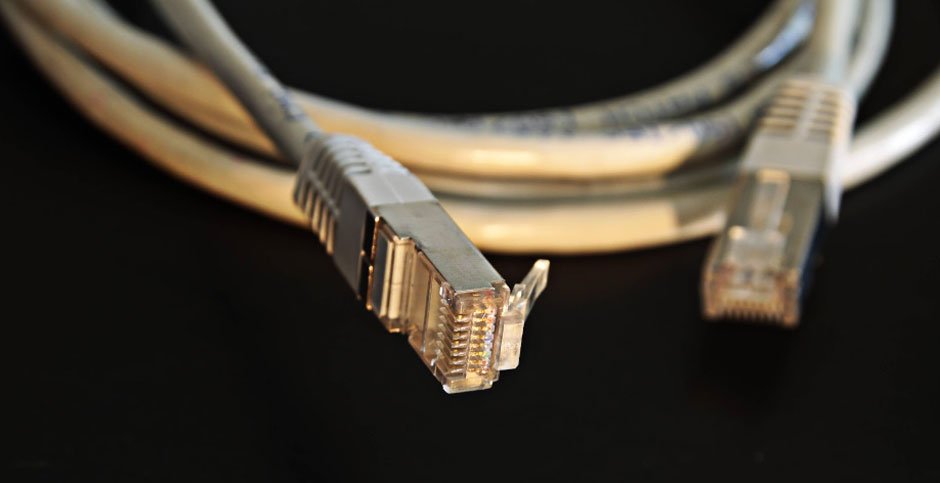Decoding the Secrets: A Deep Dive into the Best Cat 6 Wiring Color Code

As we journey deeper into the digital era, the intricacies of networking cables gain paramount importance. The cat 6 wiring color code stands at the core of this intricate setup. Ensuring you select the right color code is essential not just for optimal performance but for the longevity and robustness of the network. Let this comprehensive guide illuminate the path to making the best choices in the realm of the cat 6 wiring color code.
Cat 6 Color Coding: Starting with the Basics
Before delving deeper, it’s essential to grasp the basic color-coding standards of Cat 6 cables:
- T568A: A legacy coding style, T568A is primarily found in older installations. While it’s not as commonly adopted today, it remains a reliable choice for specific environments.
- T568B: Globally recognized and widely adopted, this cat 6 color code is the go-to for most modern installations.
Irrespective of the choice, consistency is crucial. Using a mix can lead to connectivity issues and network disruptions.
Every Color Has a Tale: Understanding their Significance
Beyond just aesthetics, each hue in the cat 6 cable color coding carries its weight:
- Orange and Green: These colors are the workhorses, managing the brunt of data transmission in most setups.
- Blue and Brown: These might seem secondary, but they play a critical role in future-proofing networks and ensuring backward compatibility.
By comprehending each color’s role within the cat 6 ethernet cable color code, you arm yourself with the knowledge to design high-performance, robust networks.
RJ45: The Unspoken Hero of Color Codes
While much emphasis is put on the cable itself, the RJ45 connector is equally critical. The rj45 color code cat6 and rj45 colour code cat 6 are standards that, when adhered to, optimize data transmission and minimize errors:
- Pin Allocation: Each pin on the RJ45 has a designated color. This isn’t arbitrary but is meticulously designed to reduce electromagnetic interference and cross-talk.
- Enhancing Performance: When the cat 6 rj45 color code is strictly adhered to, not only is data integrity maintained, but the overall network performance sees a marked improvement, particularly in high-bandwidth scenarios.
Making the Right Choice: Considerations for Cat 6 Color Codes
Making a choice isn’t merely about following global standards. Here’s what you should consider:
- Environment & Legacy: Some setups might already have a cat 6 colour code in place. In such cases, continuity can save time and resources.
- Consistency Across Board: Whether it’s the cat6 cable color code or the cat6 color order, maintaining uniformity prevents errors and aids in easier troubleshooting.
- Future-Proofing: With tech evolving rapidly, ensuring your cat6 crimping color code is universally accepted will prevent unnecessary upgrades or changes in the near future.
- Compatibility Matters: Before committing to a cat 6 cable connection colour code, it’s imperative to check compatibility with devices, especially if integrating with older equipment.
Pitfalls on the Path: Common Mistakes and How to Avoid Them
While the task seems straightforward, there are pitfalls one should be wary of:
- Mixed Coding: One of the gravest errors is mixing cat6 colour code standards. This not only leads to performance issues but can also damage equipment in the long run.
- Pin Misalignment: A small error in aligning pins as per the cat 6 cable colour code can lead to significant connectivity issues.
- Neglecting Global Standards: In the quest to be different, some might overlook globally accepted cat6 color code standards, leading to compatibility nightmares.
Conclusion
The cat 6 wiring color code is more than just a series of colors; it’s the backbone of our digital infrastructure. As we become more connected and dependent on these networks, understanding, respecting, and adhering to these codes becomes not just a requirement but a responsibility. Here’s to building robust, future-proof networks that stand the test of time.



